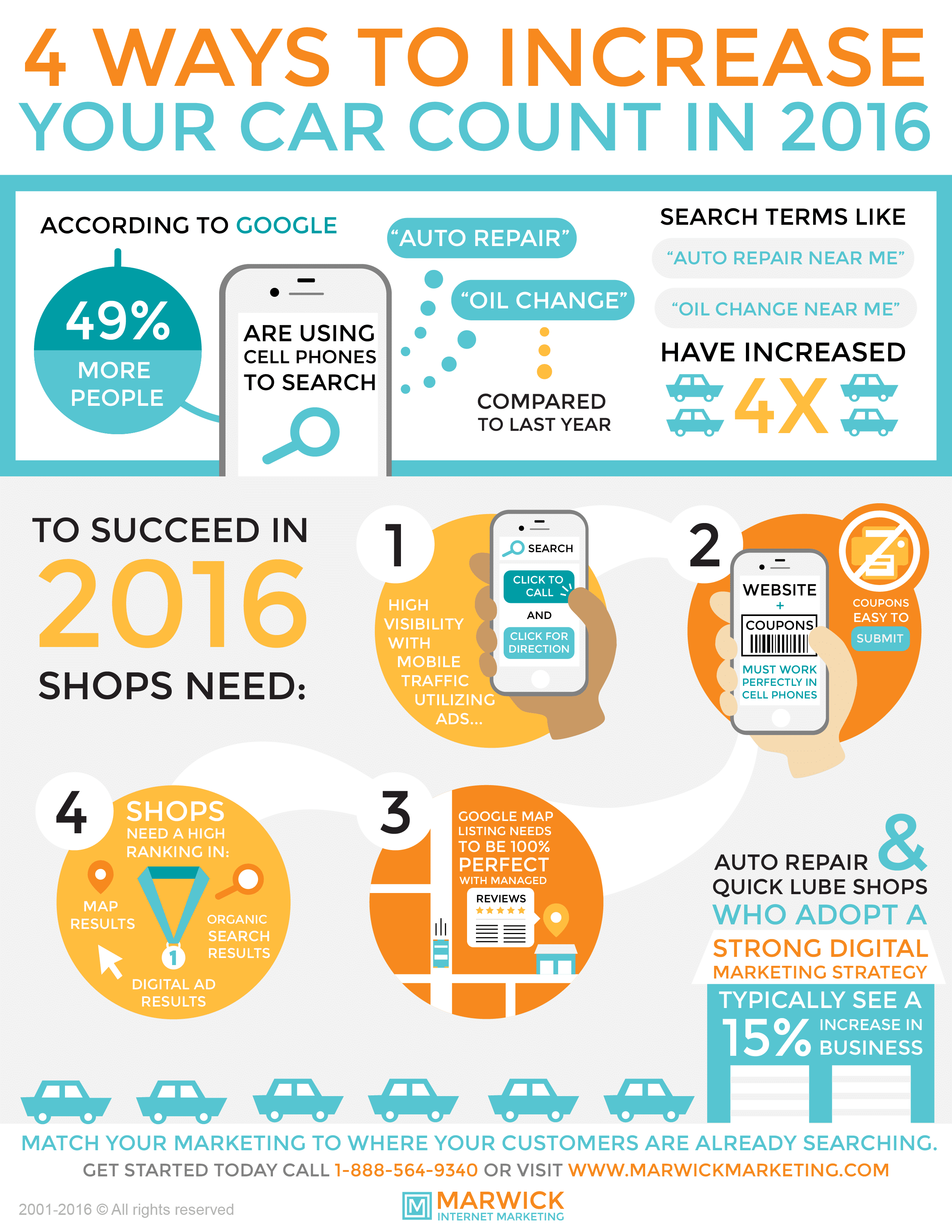Translating Your Automobile'S Warning Indicators: What They Genuinely Indicate
Translating Your Automobile'S Warning Indicators: What They Genuinely Indicate
Blog Article
Uploaded By-Faulkner Torres
When you're behind the wheel, those glowing warning lights on your dashboard can be a bit complicated. Do you know what they're attempting to tell you concerning your automobile's wellness? Recognizing the value of these lights is essential for your safety and security and the longevity of your vehicle. So, the next time one of those lights appears, would not you want to decode its message precisely and take the essential actions to address it?
Common Warning Lights and Interpretations
Determine usual warning lights in your automobile and recognize their definitions to guarantee secure driving.
One of the most common caution lights include the check engine light, which signals concerns with the engine or emissions system. If this light comes on, it's vital to have your car inspected immediately.
The oil stress cautioning light shows reduced oil pressure, needing immediate attention to avoid engine damage.
auto car detailing near me flashing battery light may recommend a faulty charging system, possibly leaving you stranded otherwise dealt with.
https://elliotieysl.dbblog.net/4525334/the-development-of-vehicle-detailing-substantial-patterns-and-technologies-to-watch-on (TPMS) light signals you to reduced tire stress, impacting vehicle security and fuel efficiency. Ignoring this could cause harmful driving problems.
The abdominal light indicates a problem with the anti-lock stopping system, compromising your ability to stop quickly in emergency situations.
Last but not least, the coolant temperature warning light warns of engine getting too hot, which can cause severe damages otherwise dealt with quickly.
Recognizing these common caution lights will aid you address problems quickly and maintain risk-free driving conditions.
Importance of Prompt Interest
Understanding the typical warning lights in your vehicle is only the primary step; the value of without delay dealing with these cautions can't be stressed enough to guarantee your safety and security when traveling.
When a caution light brightens on your control panel, it's your car's method of communicating a potential concern that requires focus. Overlooking simply click the up coming website page can result in a lot more serious issues later on, endangering your safety and potentially costing you a lot more in repairs.
https://patch.com/connecticut/stratford/specialty-auto-repair-shop-opens-stratford to cautioning lights can stop break downs and mishaps. For instance, a flashing check engine light can show a misfire that, if left neglected, might cause damages to the catalytic converter. Addressing this immediately can conserve you from a pricey repair service.
In a similar way, a brake system warning light might signify low brake liquid or worn brake pads, essential elements for your security when driving.
Do It Yourself Troubleshooting Tips
If you see a warning light on your control panel, there are a few do it yourself fixing tips you can attempt before seeking expert assistance.
The very first step is to consult your auto's handbook to understand what the specific caution light indicates. In some cases the problem can be as simple as a loose gas cap activating the check engine light. Tightening the gas cap may settle the problem.
One more typical concern is a low battery, which can cause various advising lights. Inspecting the battery links for rust and ensuring they're secure might repair the trouble.
If a caution light persists, you can attempt resetting it by separating the cars and truck's battery for a couple of minutes and then reconnecting it. In addition, examining your automobile's liquid degrees, such as oil, coolant, and brake fluid, can help fix warning lights connected to these systems.
Conclusion
To conclude, recognizing your car's caution lights is necessary for maintaining your car running smoothly and securely. By quickly addressing these signals and knowing what they imply, you can prevent pricey repair work and potential malfunctions.
Bear in mind to consult your automobile's manual for certain details on each warning light and take action appropriately to guarantee a trouble-free driving experience.
Keep informed, stay secure when traveling!
